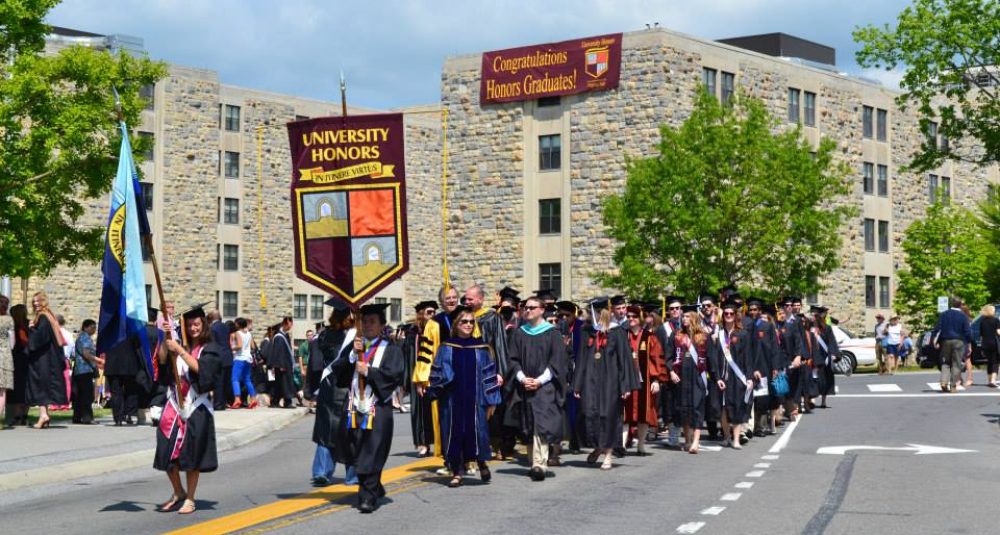Despite the failure of fixed tuition plans in Georgia and Michigan, and the dubious results of similar efforts in Illinois, the University of Texas System Board of Regents is following the wishes of Gov. Rick Perry and ordering all UT System campuses to come up with proposals to set four-year fixed tuition rates for future entering freshmen.
Perry has been pushing a variety of alleged reforms in Texas, most of them in line with recommendations from groups that have an ideological agenda that is a threat to excellence in public universities. For the last year and a half, Perry and his followers on the System board, along with right-wing “think tanks,” such as the Texas Public Policy Foundation and the Center for College Affordability and Productivity, have been attacking UT Austin and its president, Bill Powers.
Because of this antagonistic relationship and the poor record of fixed tuition plans in other states, UT system schools should view the latest demand with considerable skepticism. For one thing, when a university sets fixed tuition for four years for a given entering class, the institution has no way of knowing how much (or, more likely, how little) state funding will be allocated for the same period. So what happens is that schools set modest fixed rates and run the risk of low-balling expenses or they set higher rates to hedge against cuts in state funding.
For this reason, it is typical for the initial implementation of fixed rates to yield somewhat higher tuition increases than would otherwise have been set. Moreover, the subsequent entering classes are still subject to higher tuition rates than the class before it.
At the University of Illinois, where fixed tuition was implemented with the support of disgraced former Gov. Rod Blagojevich in 2003, “fixed” tuition rose 9.5 percent for the class of 2010, over the previous class, and then rose another 4.8 percent for the class of 2011. How much of this increase was needed to offset the fixed rates for previous classes is anybody’s guess. And four-year graduation rates have not substantially improved, according to university officials.
In Georgia and Michigan, state universities had to forgo their fixed tuition plans because the volatility of state funding and the complexity of budget forecasting made the process to complex to sustain. University officials emphasized that stable, continuing state funding support was necessary to successful implementation, but the financial crisis led to sharp cuts.
One motive for the UT System plan, aside from providing politicians with what appear to be nice talking points, could be a desire to make UT Austin more vulnerable to state decision-makers and micro-management, since the fixed plans will likely restrict institutional autonomy.
Perry and his supporters point to the UT Dallas as the exemplar of the fixed tuition approach. While it is true that the four-year graduation rate for UT Dallas has increased from 46 to 51 percent since the implementation of the plan in 2007, it is also true that UT Dallas has the highest tuition of any public university in the state–14 percent higher than UT Austin and 31 percent higher than Texas A&M.
Supporters of fixed tuition say that UT Dallas has so many business and science majors that their costs are necessarily higher. A review of the variable tuition rates at UT Austin confirms that students majoring in business pay about 6 percent more tuition than the average tuition at the school; engineering majors pay about 4.8 percent more. Aside from nursing, these are the most expensive majors.
According to U.S. News, the most popular major at UT Dallas is, indeed, business, with 32 percent of students enrolled. But at Texas A&M, 18 percent of students major in business, and another 14 percent in engineering. Since there appears to be relatively little difference in the cost of educating business and engineering majors, both UT Dallas and Texas A&M have the same proportion of students in high-cost majors; yet average tuition at UT Dallas is much higher.
Gov. Rick Scott of Florida, who frequently follows Perry’s lead on university “reform,” is also advocating fixed tuition in Florida. Ohio University is also looking at fixed tuition options. Yet amid all the change in higher ed these days, no option is without risk, even (or especially) when the goal is predictability.

